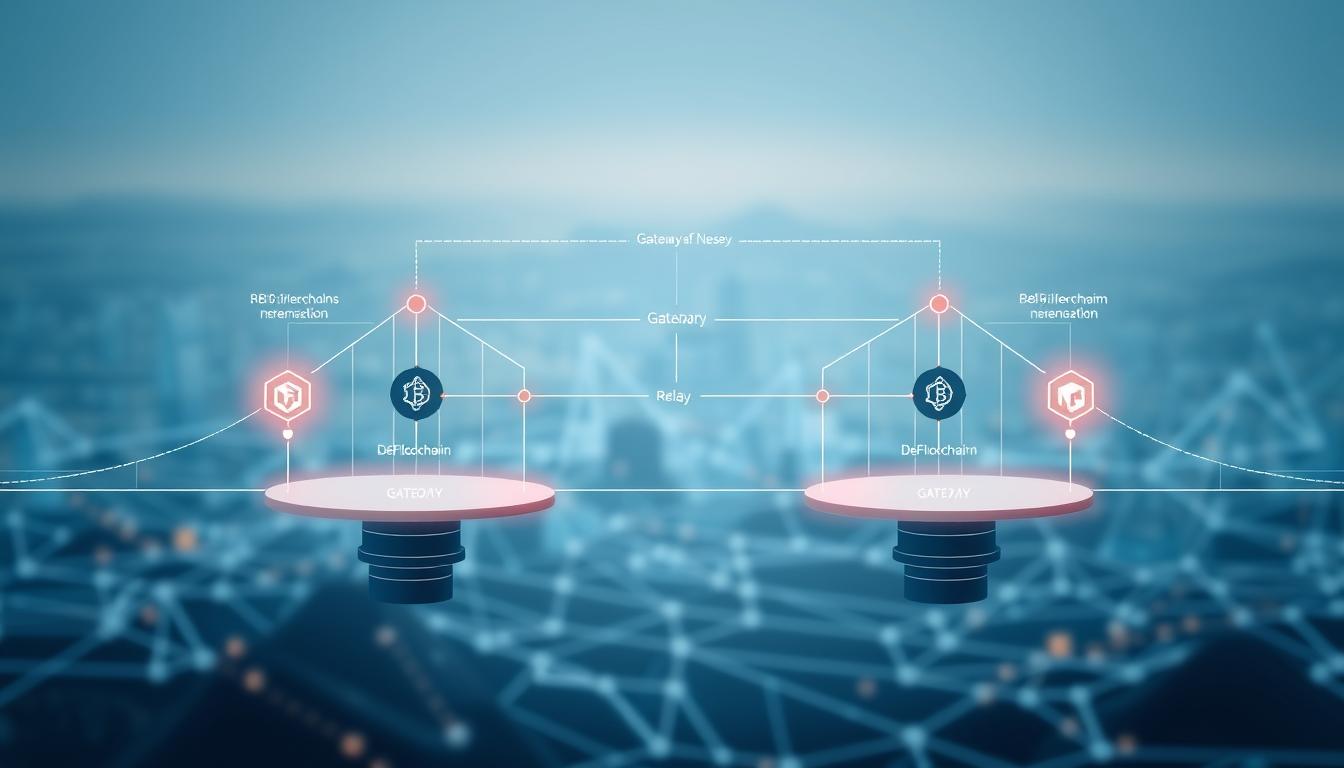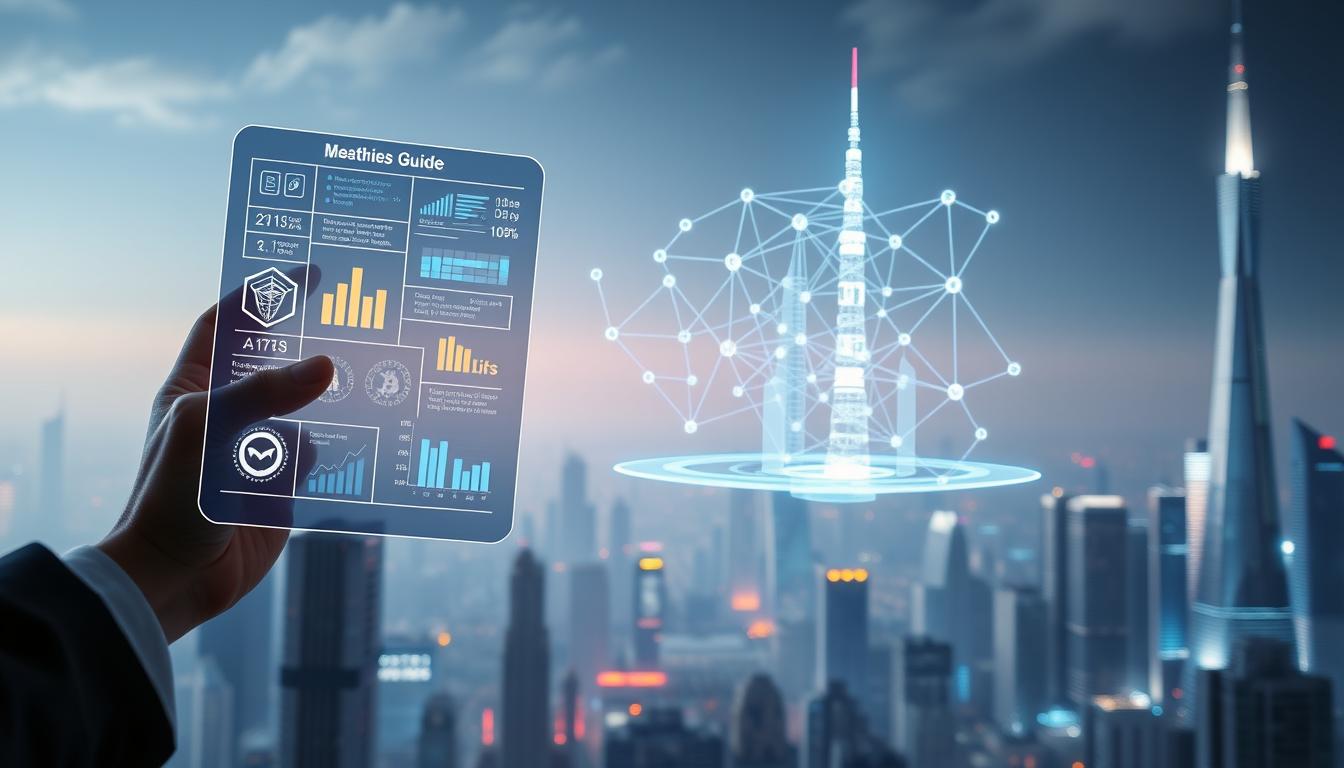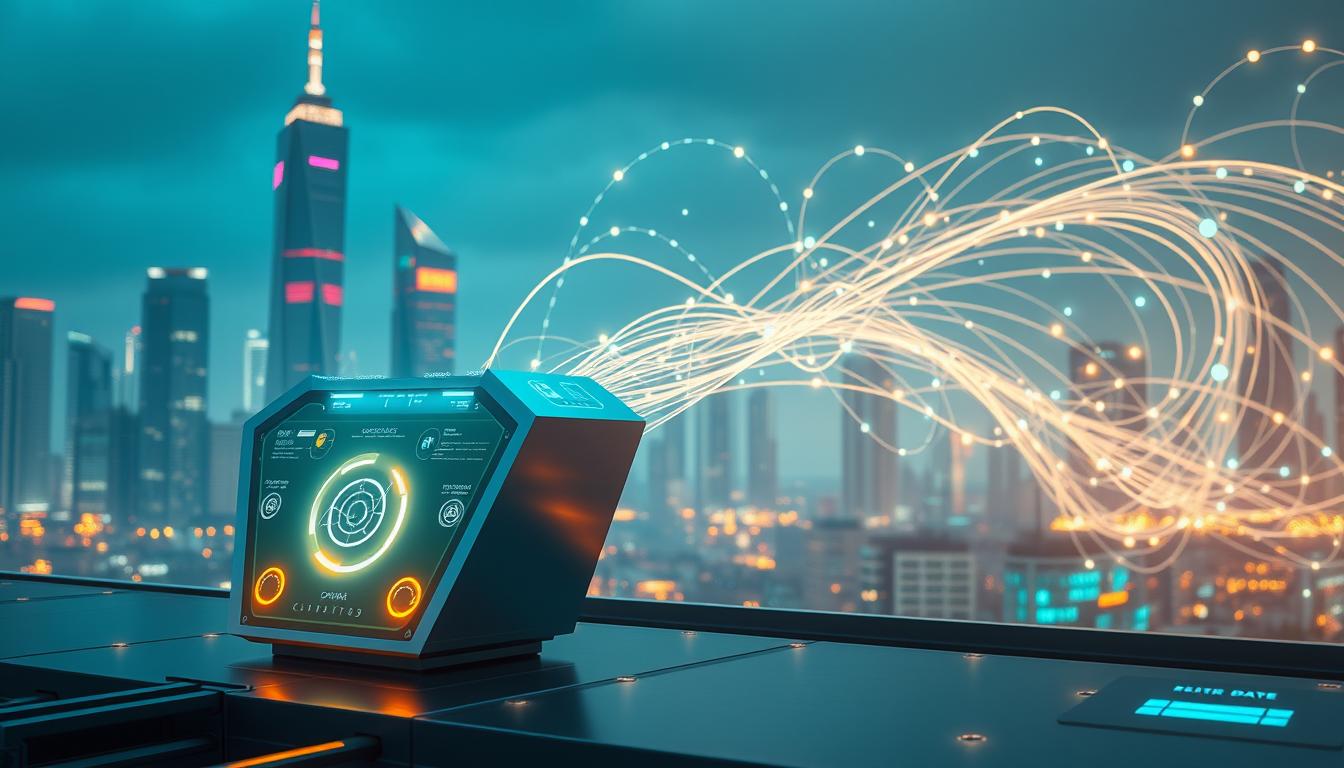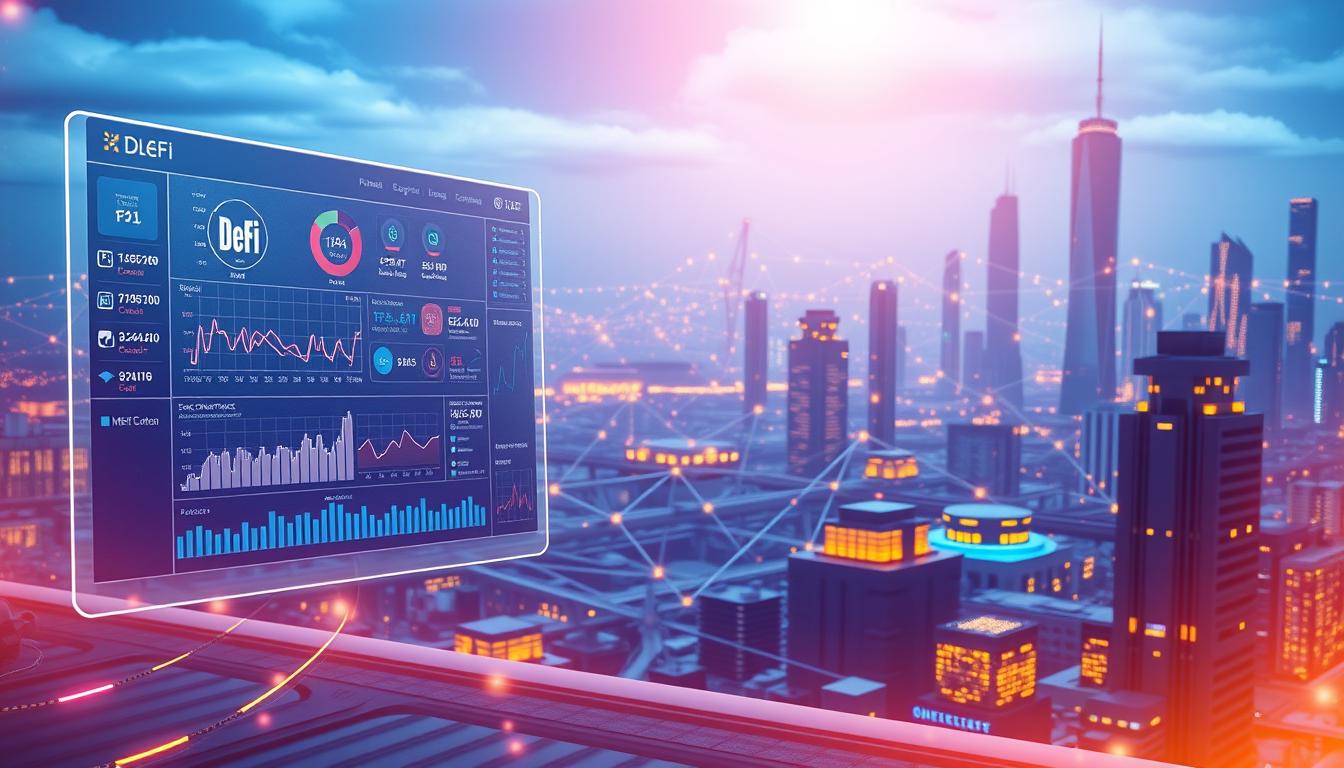The digital currency landscape offers unique opportunities for earning. A strategic method known as airdrop farming has gained significant traction. This approach involves collecting free tokens from new blockchain ventures.
All posts tagged in Decentralized Finance (DeFi)
Digital ledger technology has transformed how we handle online transactions. Major networks, however, often struggle with high demand. This creates slow speeds and expensive fees for users. A sidechain offers
Imagine a digital world where different financial systems operate in complete isolation. Each system has its own unique currency and rules. Assets from one system are technically locked away and
The digital asset landscape is constantly evolving. A particularly exciting area merges interactive entertainment with blockchain technology. This creates unique opportunities for those looking to diversify their portfolios. This guide
The digital frontier is expanding at an incredible pace. The global metaverse market, valued at $130 billion in 2024, is projected to surge past $2 trillion by 2032. This virtual
Trading digital assets has changed a lot. Gone are the days when you needed a complex order book. Now, technology handles the heavy lifting. These new systems are a core
Digital ledgers operate in a sealed environment. They cannot naturally pull in facts from outside their own network. This creates a big problem for automated agreements that need outside details
The digital ledger technology reshaping global markets is creating seismic shifts in how institutions manage value. By eliminating intermediaries and enabling peer-to-peer transactions, this innovation offers unprecedented transparency and efficiency.
The digital economy is evolving rapidly, and decentralized systems are reshaping how industries operate. At the heart of this shift lies blockchain infrastructure, a framework enabling secure, transparent transactions without
The fusion of advanced computing with decentralized financial tools is reshaping global markets. Recent projections suggest blockchain-based systems could manage 10% of worldwide economic output by 2027. This shift creates
- 1
- 2



















